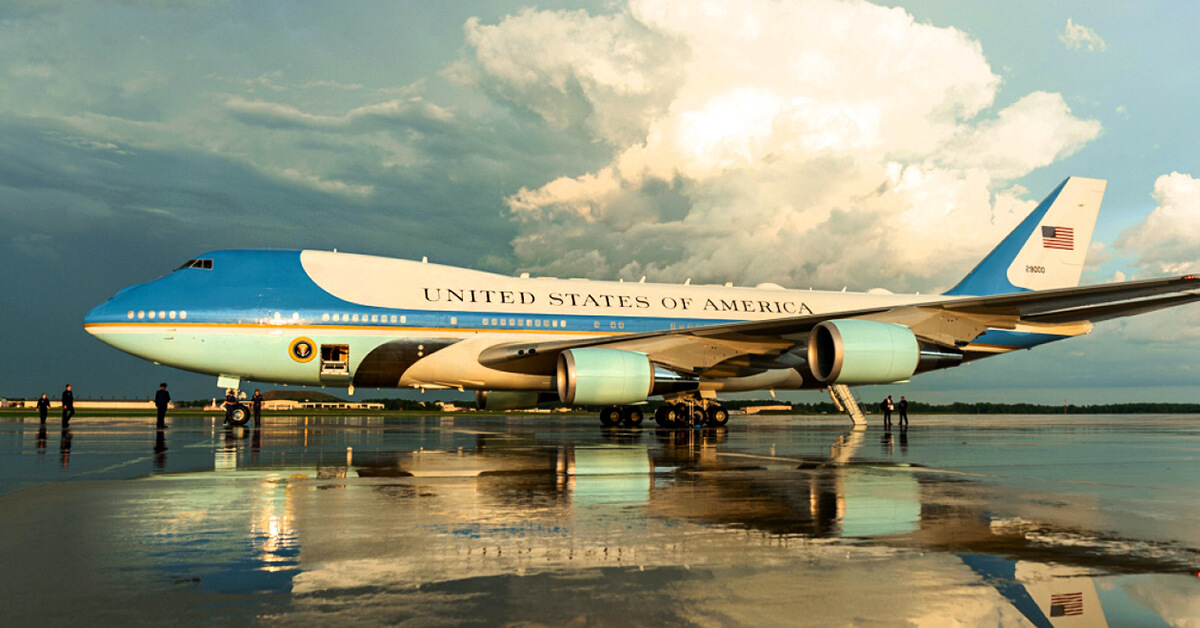
March 9, 2021/date]
With the inauguration of President Biden, NBAA began talks with officials at the FAA, Transportation Security Administration (TSA) and Secret Service to mitigate the expected challenges posed by the presidential temporary flight restrictions (TFR) that would arise due to the president’s anticipated visits to New Castle Airport (ILG), 5 miles south of Wilmington, DE, in the heart of the Northeast corridor.
“We’re working with the two current gateways – Dulles International Airport (IAD) and Newark Liberty International Airport (EWR) – hoping that we’ll see movement from TSA on an alternative to Newark, but the real challenges are the routes around the TFR,” said Heidi Williams, NBAA director of air traffic services and infrastructure. “We really only have two options, and when the military is flying in its operation areas we lose the offshore routes.”
Dulles works as a gateway for several reasons, added Doug Carr, NBAA vice president of regulatory and international affairs.
“The airport has two FBOs that handle a wide variety of general and business aviation traffic, current airport activity would not be negatively impacted by additional gateway traffic and the airport is familiar with screening protocols needed to support TFR access,” said Carr.
“Newark is not the right solution for a gateway airport,” Carr continued, and NBAA has proposed to TSA a number of gateway options that address concerns about EWR, including planned construction, increased airport congestion and airspace challenges.
“The airspace there is already busy, and there are some safety concerns about the introduction of Wilmington-bound general aviation traffic to an airport that primarily serves air carriers,” he said.
Ultimately, Carr said, “Two gateway airports should be able to satisfy initial access needs for the presidential TFR, but they should reflect the type of traffic expected to use the process. IAD is good fit and we’re hoping that TSA is able to find an alternative to EWR.”
Noting that a “TFR does not seem like a big chunk of airspace, another challenge is ensuring adequate time for responding to TFR intruders when it is nestled among larger sections of blocked off airspace,” Williams said. “We recognize the challenges that arise when this occurs and we’re trying to make sure it gets relayed in real time.”
Those not familiar with offshore route requirements should examine them before accepting those routes, said Carr. “Flying too far offshore can trigger additional regulatory requirements for high frequency radios, survival gear, and training.”
NBAA members are encouraged to subscribe to Airspace Alerts to keep up-to-date on presidential TFRs. Learn more about Airspace Alerts.


 International Business Aviation Council Ltd.
International Business Aviation Council Ltd.